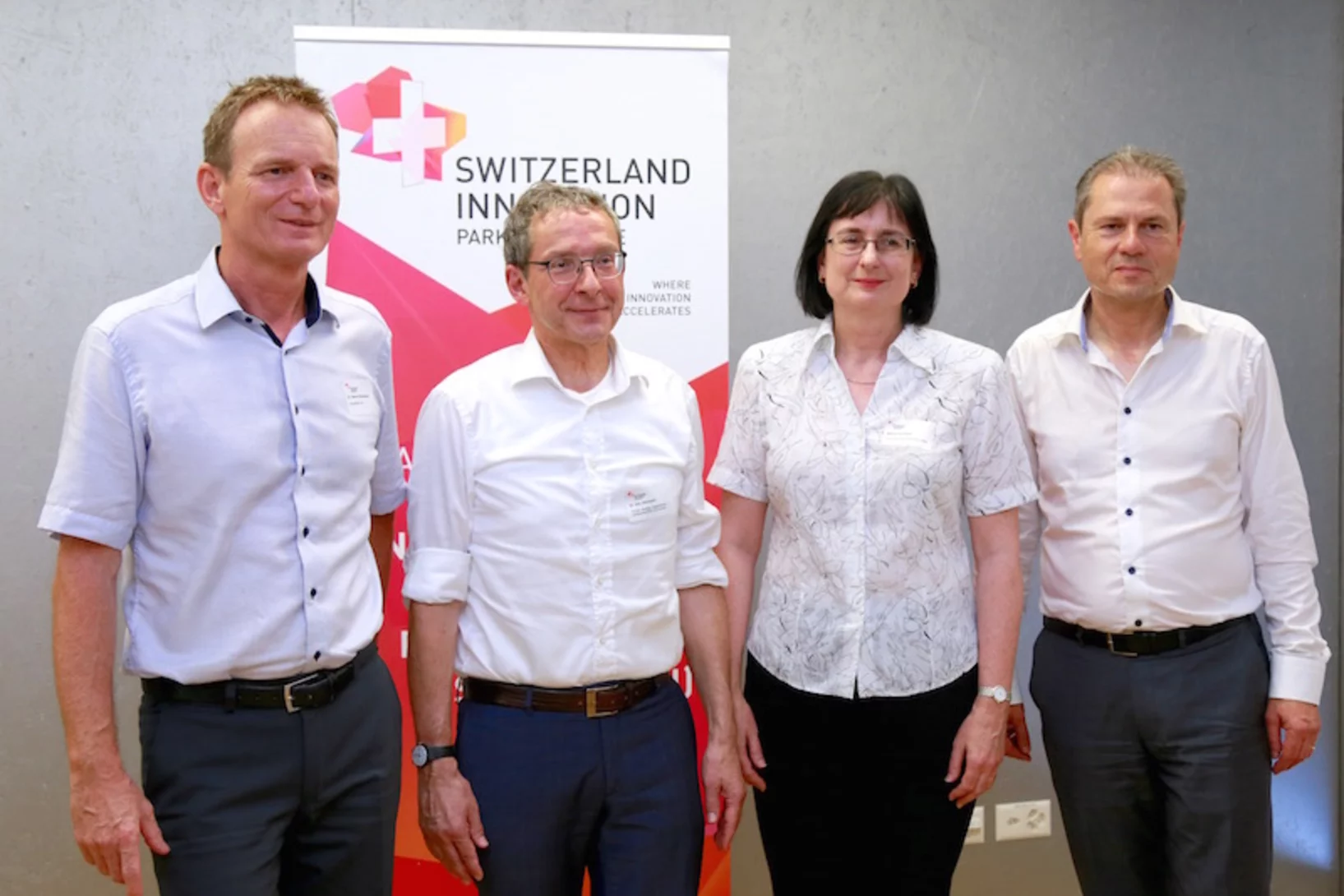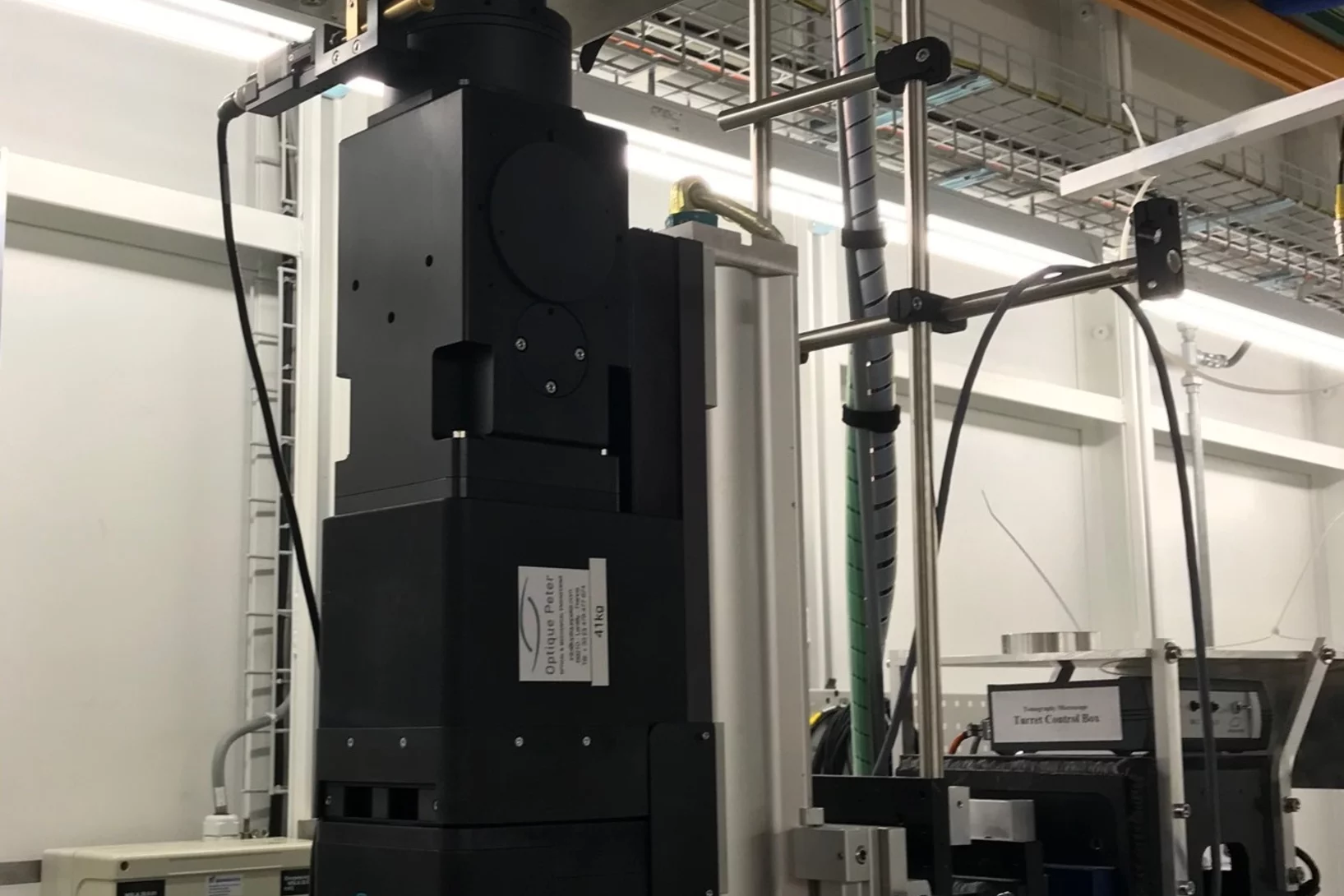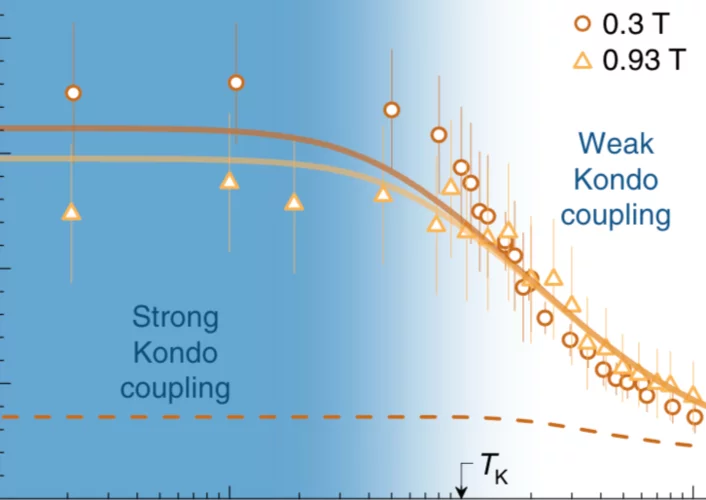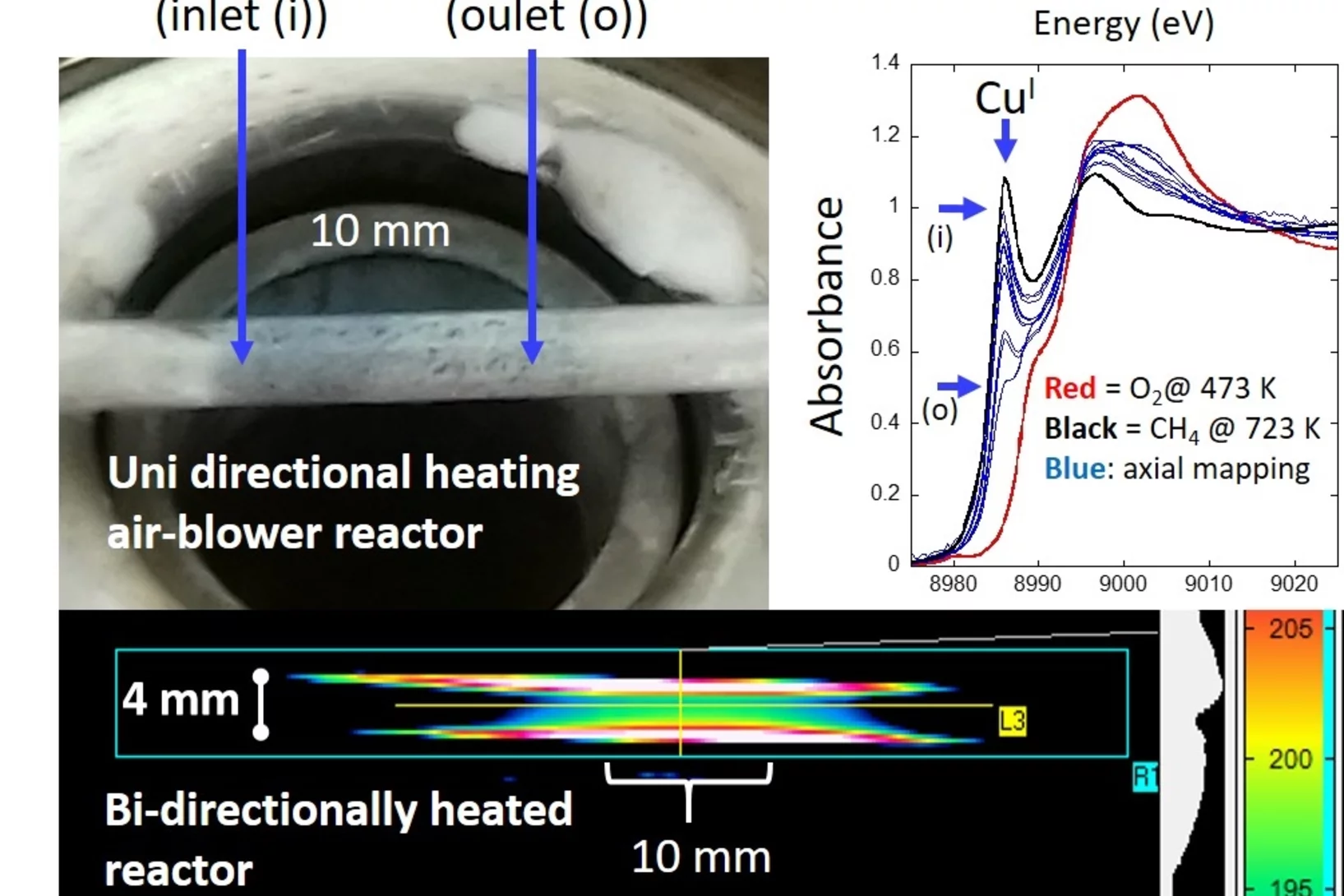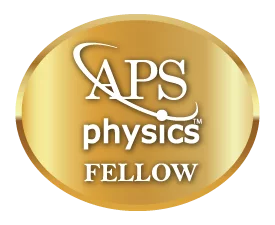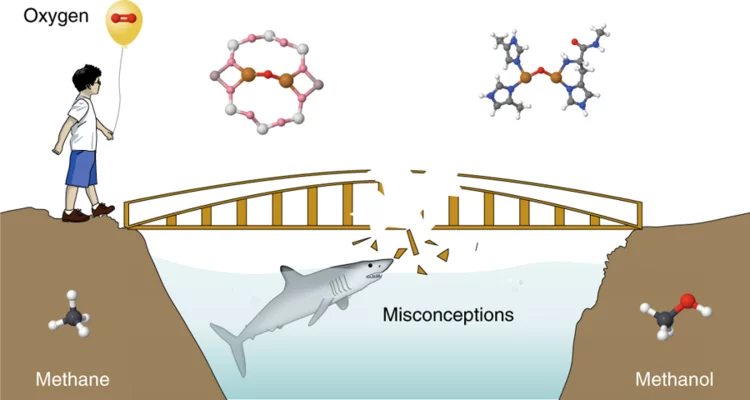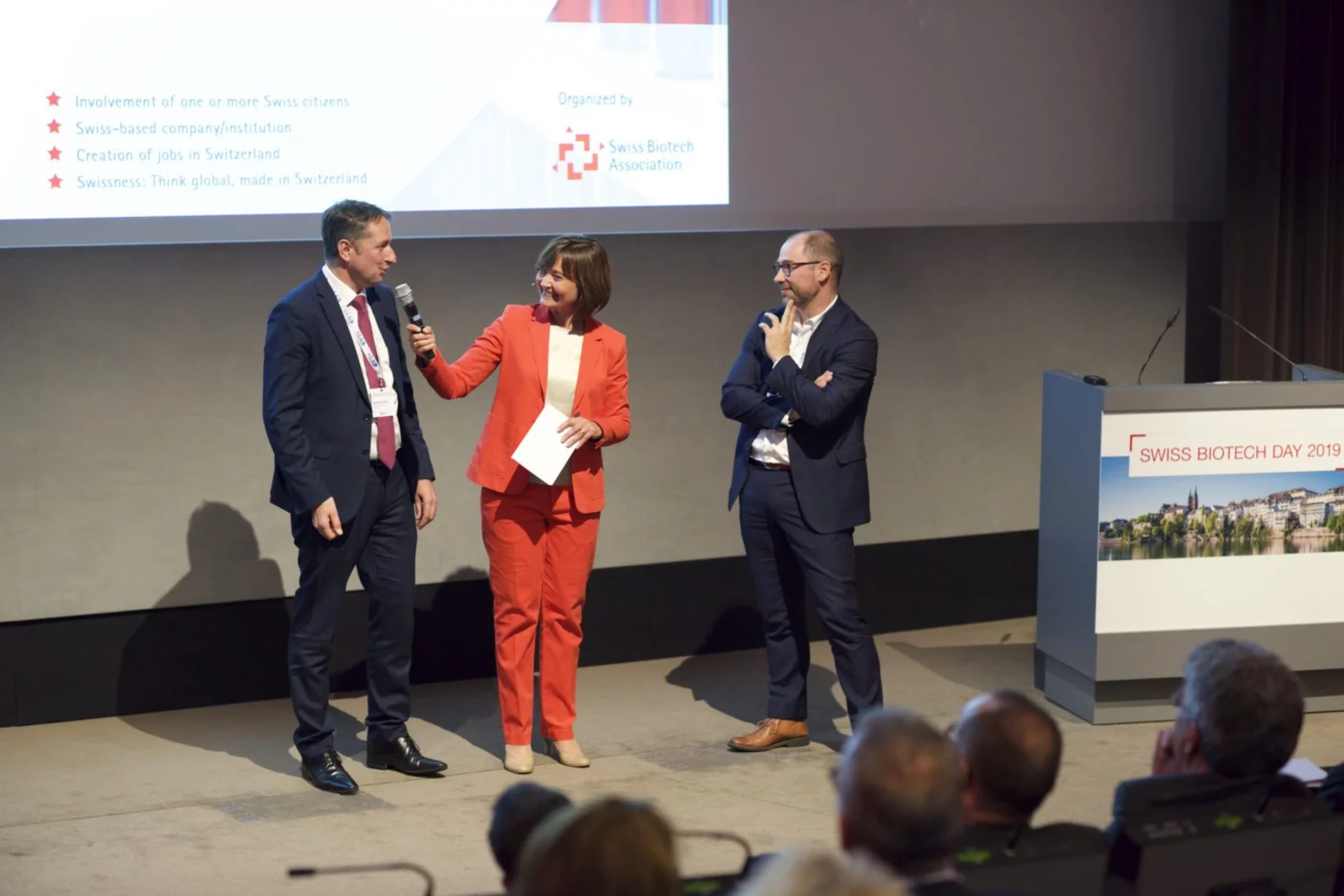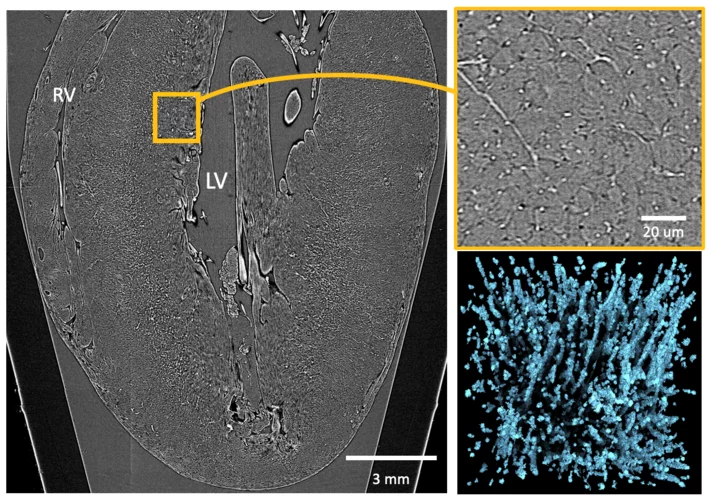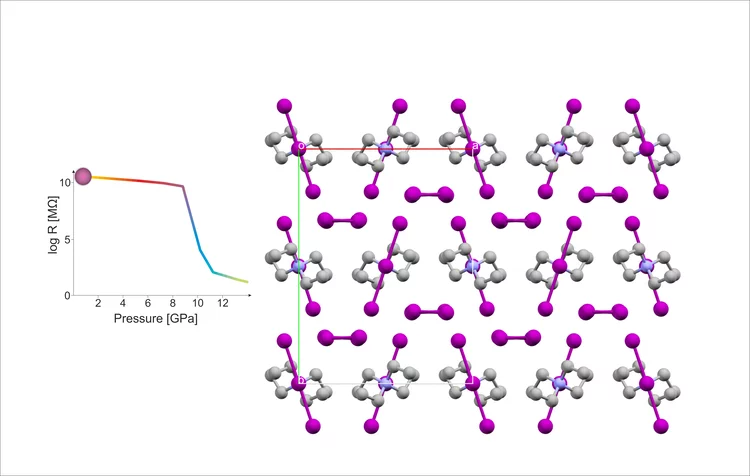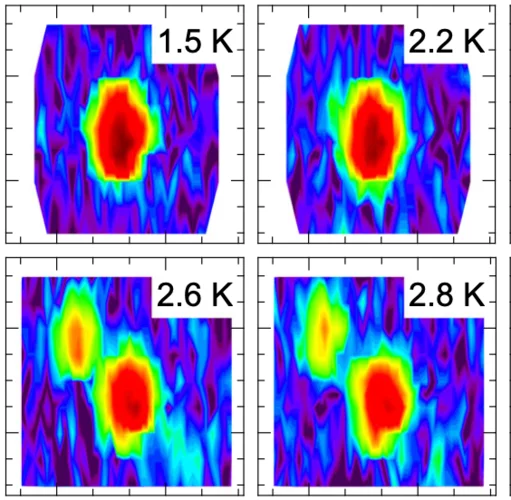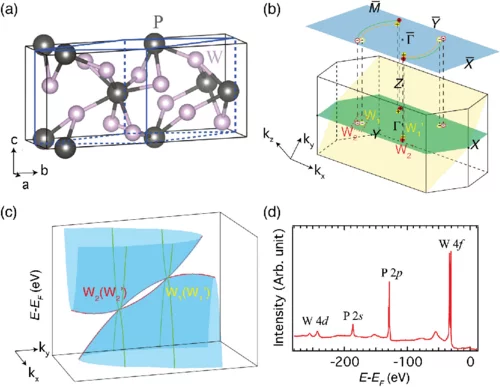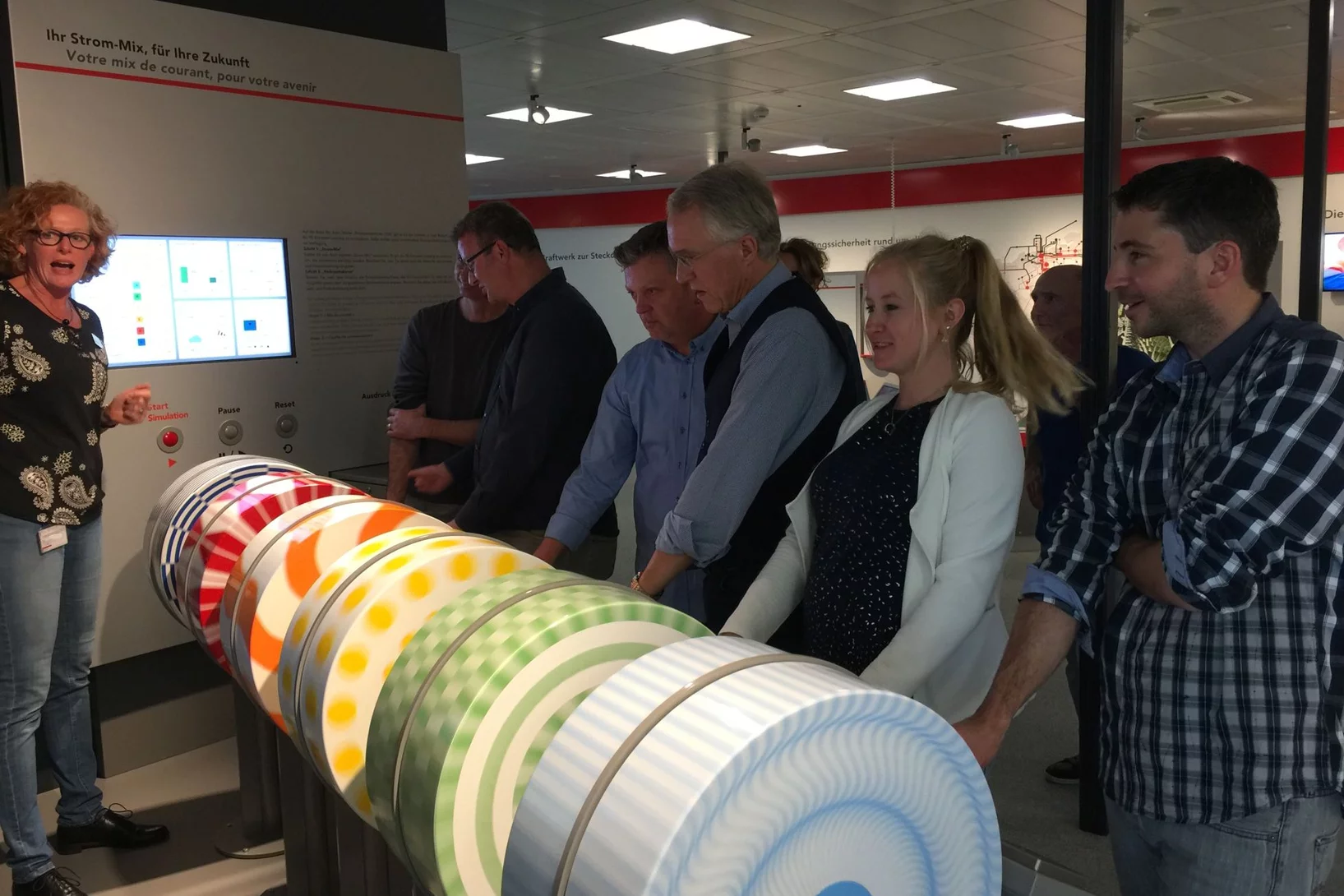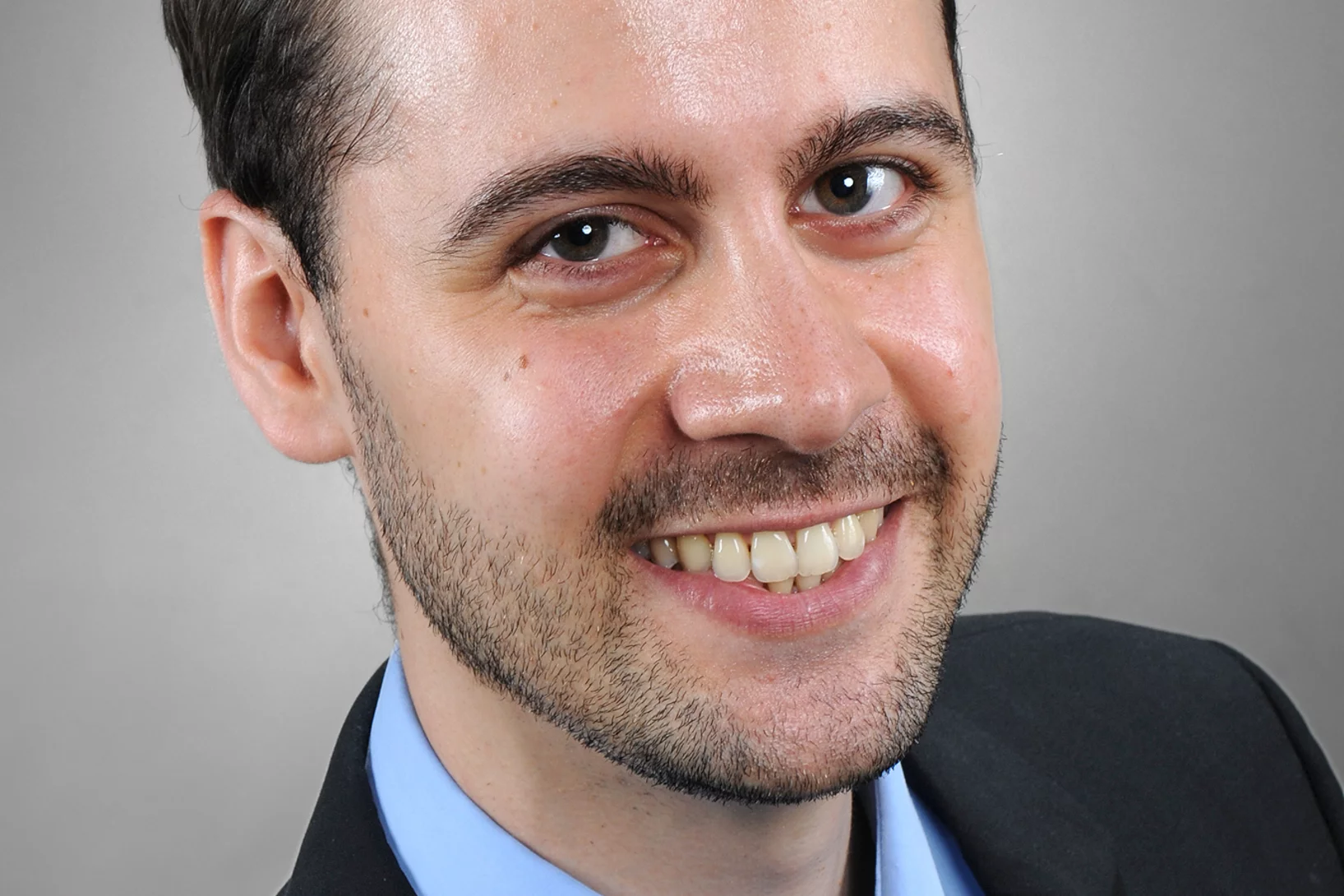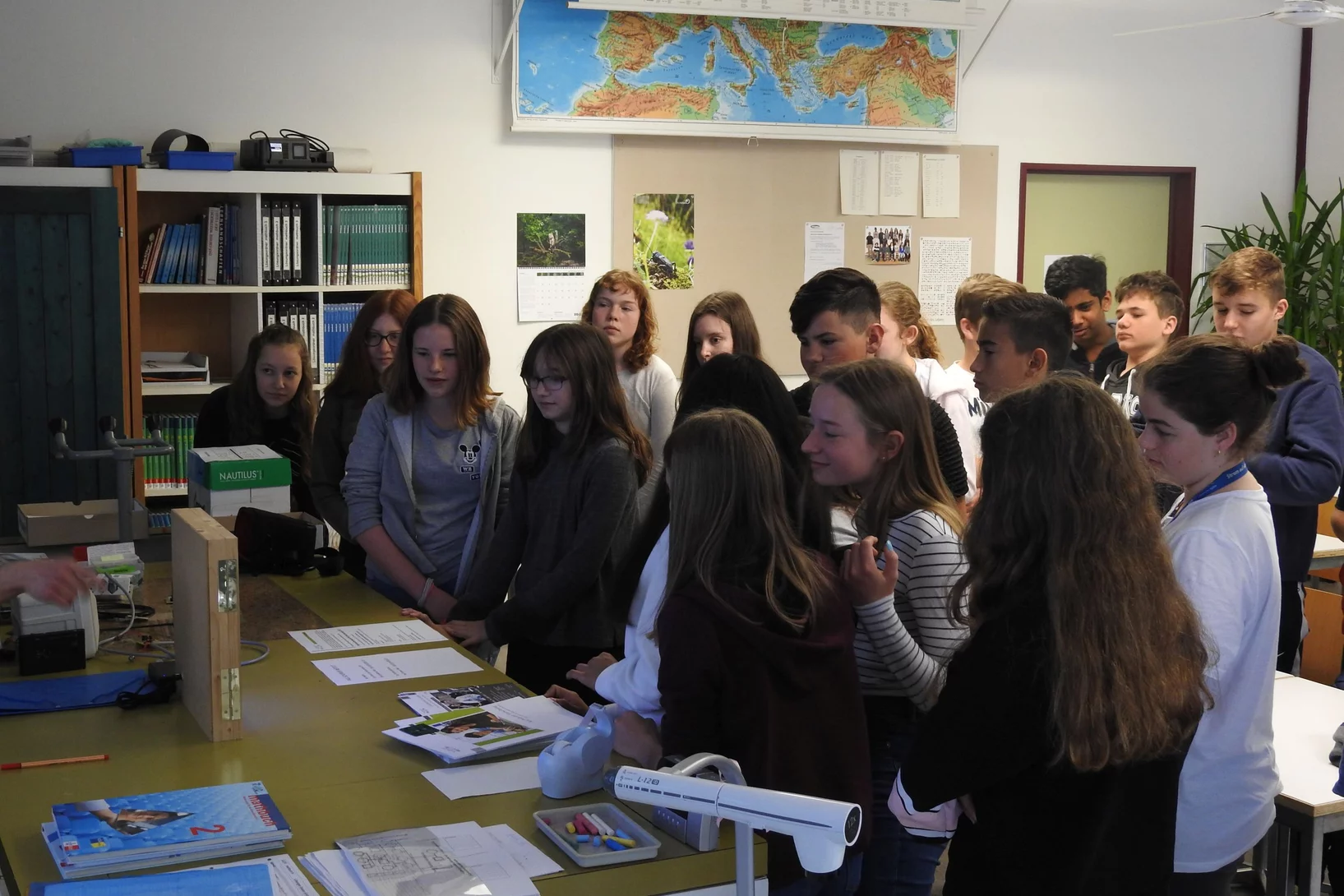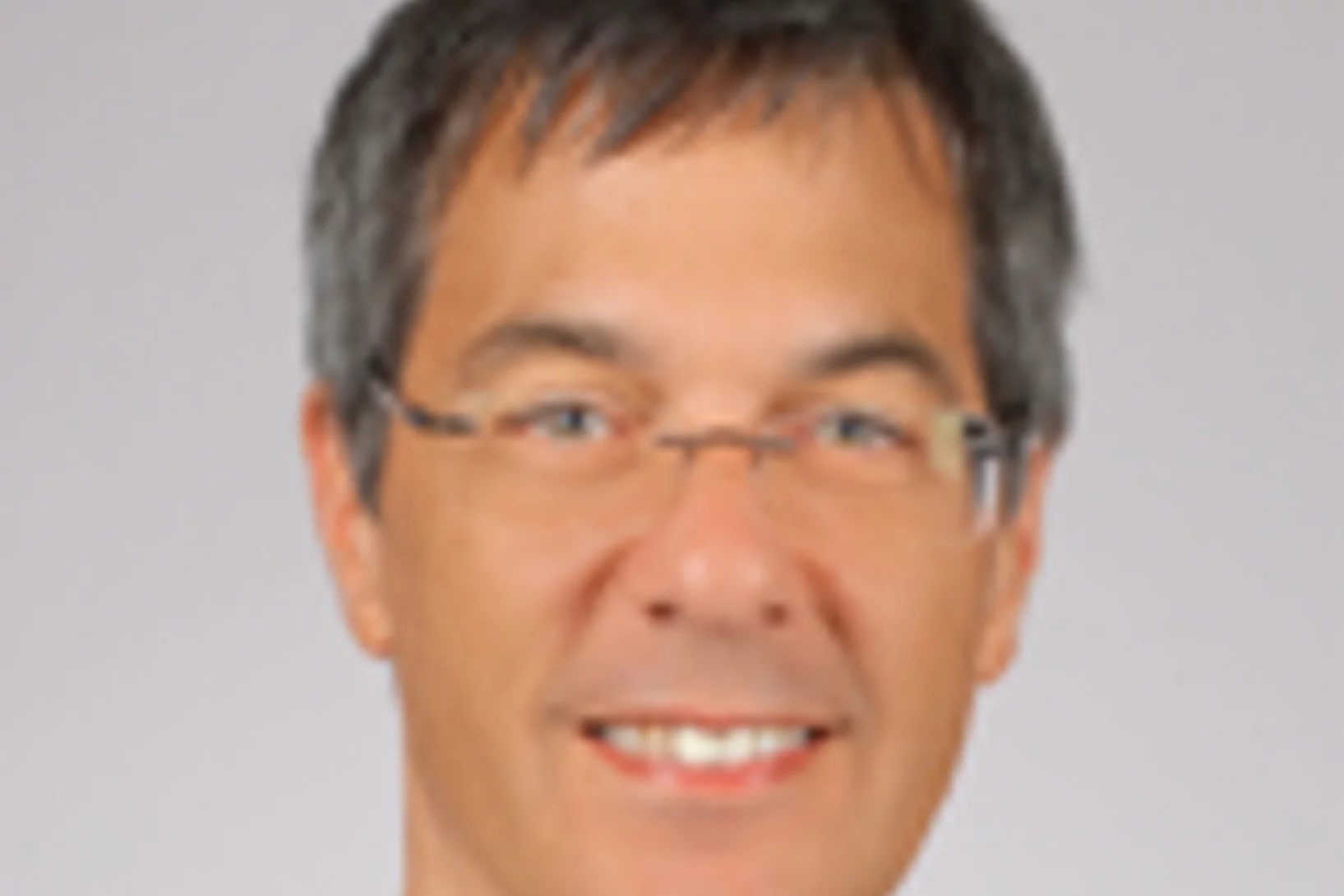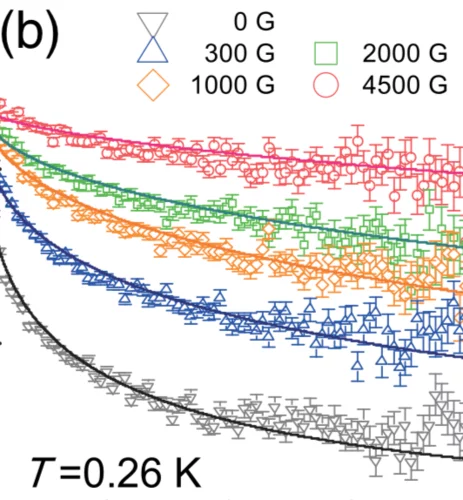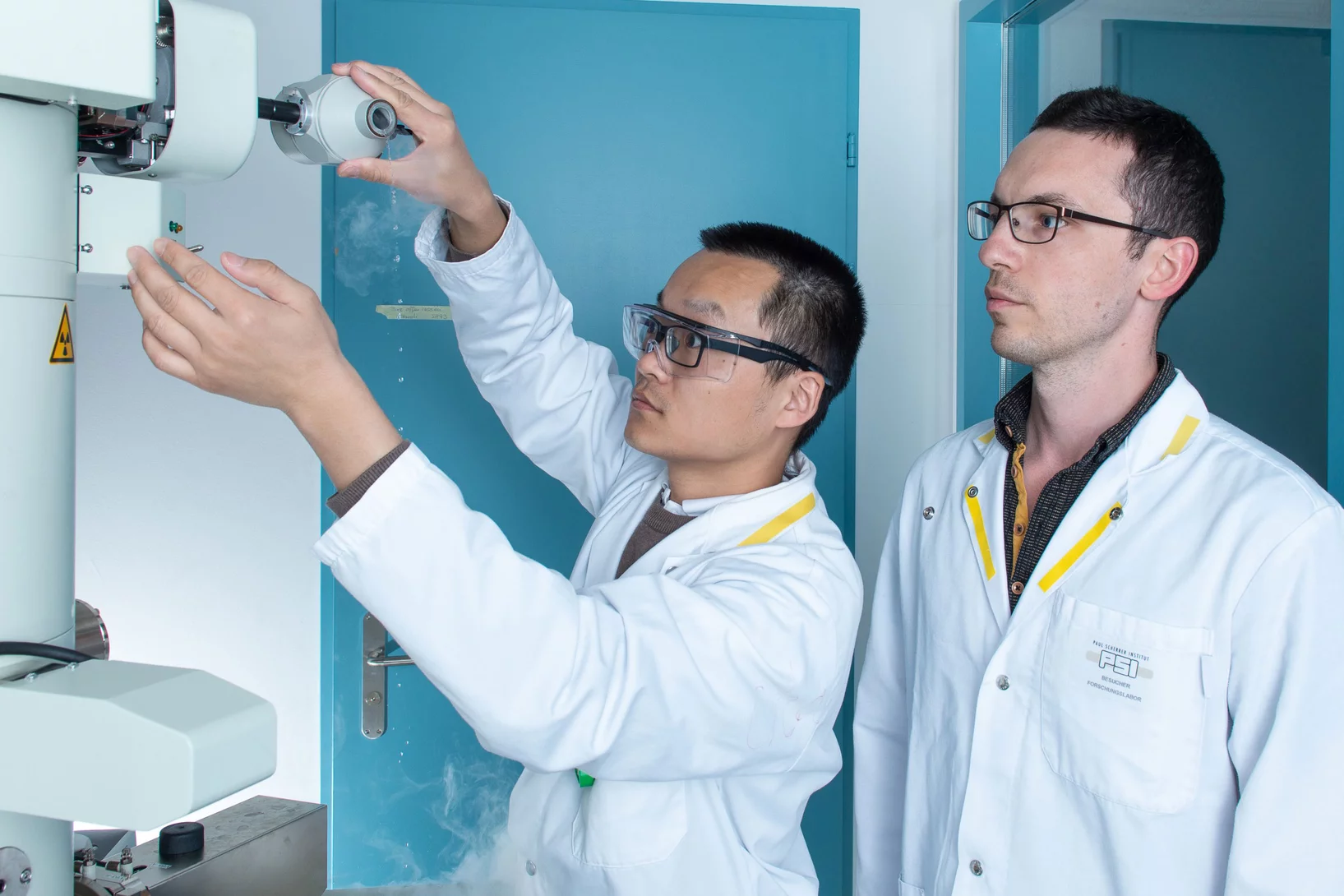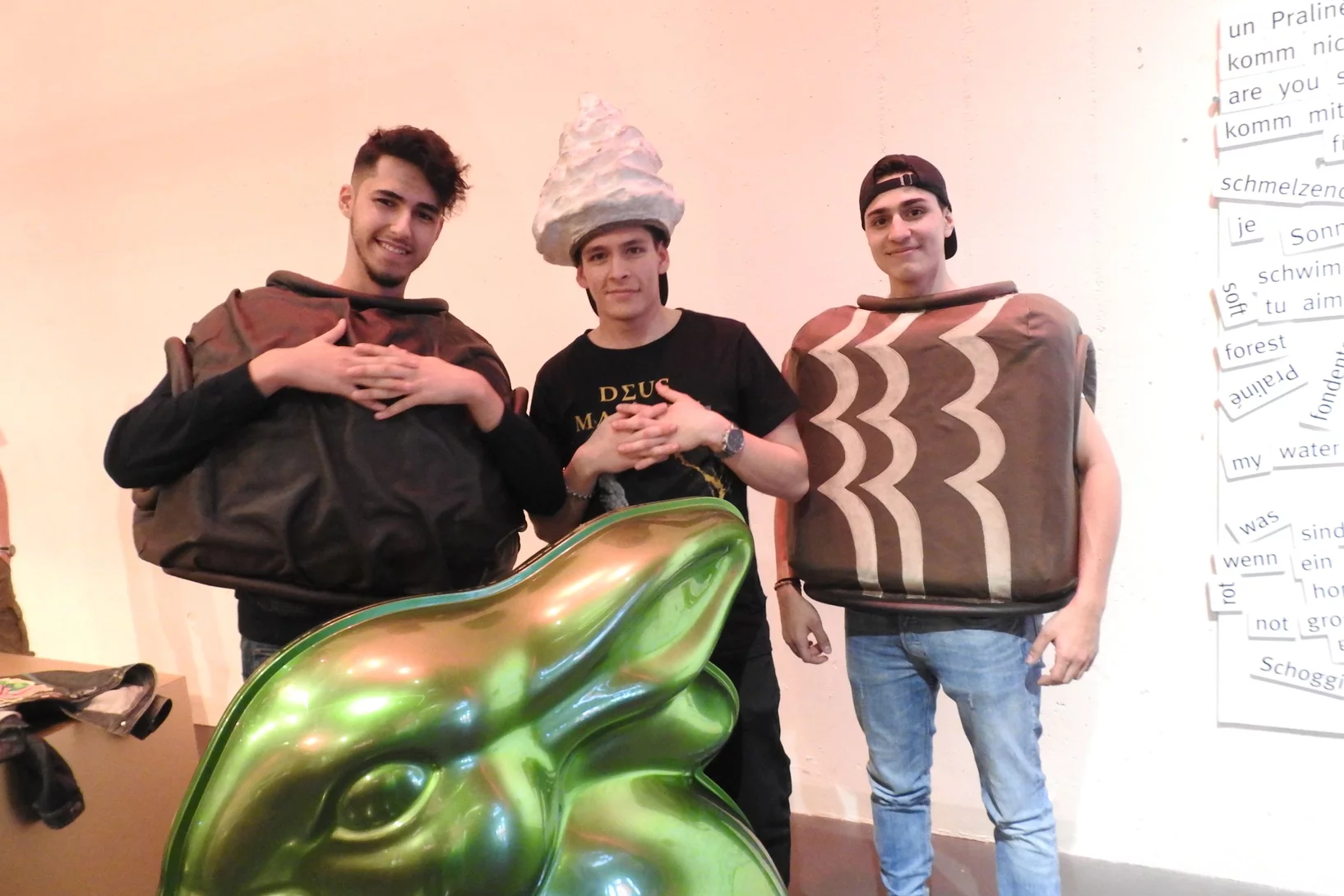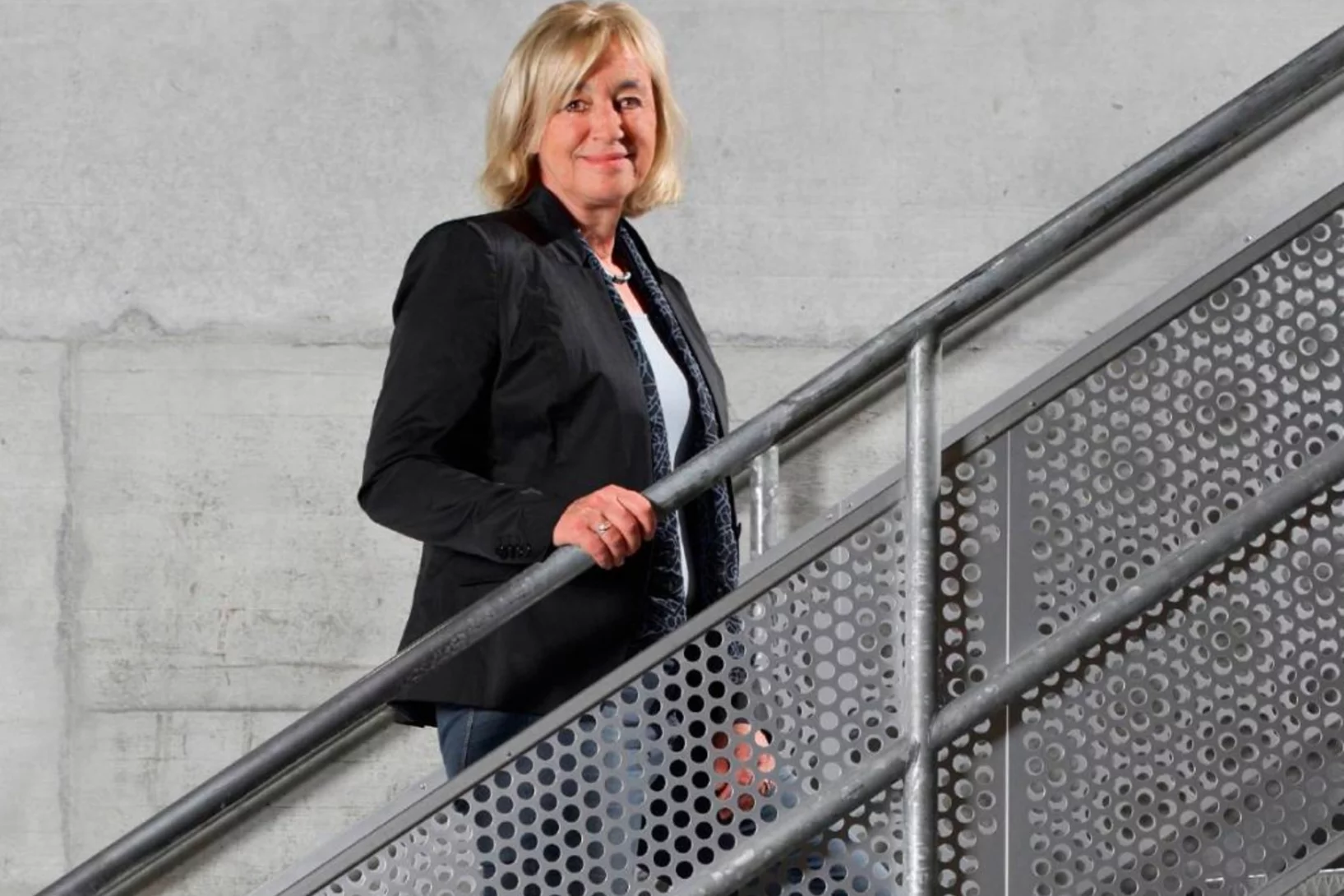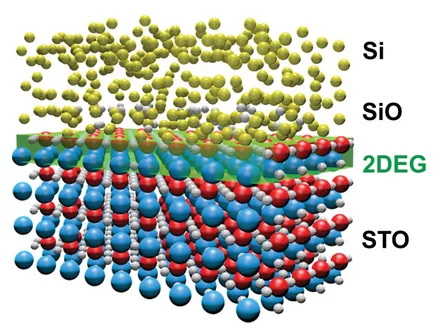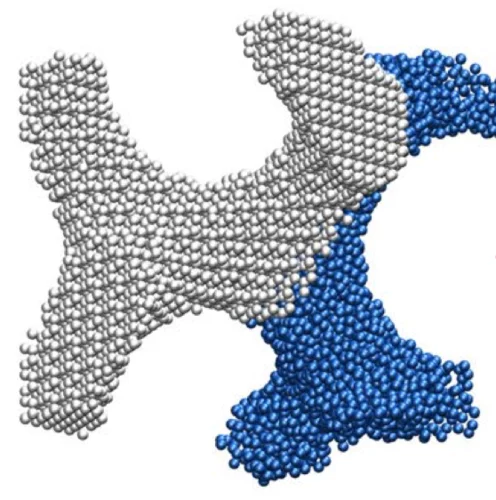Abandon de l’énergie nucléaire, développement de l’énergie solaire et éolienne, production d’énergie à partir de la biomasse, réduction de la consommation d’énergie. D’ici 2050, la Suisse doit atteindre la neutralité climatique. Un objectif ambitieux, rendu plus urgent que jamais par une situation géopolitique de plus en plus difficile. Comment faire pour mettre en place ces prochaines années un approvisionnement énergétique durable et résistant pour la Suisse? Comment les énergies renouvelables peuvent-elles être utilisées de manière optimale? Quelles sont les nouvelles technologies les plus prometteuses? Au PSI, des chercheurs s’efforcent de trouver des réponses à ces questions décisives.
Park Innovaare: Financing of new Campus is secured
After an intensive round of negotiations, Park Innovaare concluded an investment agreement with CPV/CAP Pensionskasse Coop for the realization of the new buildings. With this agreement, Park Innovaare has come another step closer to realizing its goal: a state-of-the-art infrastructure of about 38’000 sqm next to the Paul Scherrer Institute PSI that is ideal for industrial R&D projects.
High-numerical-aperture optics is key to ultra-fast tomographic microscopy
A novel high-numerical-aperture macroscope optics dedicated to high-temporal and high-spatial resolution X-ray tomographic microscopy is available at TOMCAT. Coupled with the in-house developed GigaFRoST camera, this highly efficient imaging setup enables tomographic microscopy studies at 20 Hz and beyond, opening up new possibilities in tomographic investigations of dynamic processes. A detailed characterization of the macroscope performance was published in Journal of Synchrotron Radiation on May 21, 2019.
High-numerical-aperture optics is key to ultra-fast tomographic microscopy
A novel high-numerical-aperture macroscope optics dedicated to high-temporal and high-spatial resolution X-ray tomographic microscopy is available at TOMCAT. Coupled with the in-house developed GigaFRoST camera, this highly efficient imaging setup enables tomographic microscopy studies at 20 Hz and beyond, opening up new possibilities in tomographic investigations of dynamic processes. A detailed characterization of the macroscope performance was published in Journal of Synchrotron Radiation on May 21, 2019.
Kondo screening in a charge-insulating spinon metal
The Kondo effect, an eminent manifestation of many-body physics in condensed matter, is traditionally explained as exchange scattering of conduction electrons on a spinful impurity in a metal. The resulting screening of the impurity's local moment by the electron Fermi sea is characterized by a Kondo temperature TK, below which the system enters a strongly coupled regime.
From semiconductors to quantum technologies symposium
While information technology over the last 50 years has been based on conventional semiconductor electronics, future technologies – aiming to enhance the performance of computers, sensors and to secure data communication for the future internet – will use the quantum origins of nature.
This symposium highlighted the opportunities for the traditional semiconductor materials to remain the platform on which also the new quantum technologies will build on. The symposium, in part a celebration of the career of PSI Quantum Technologies group leader Hans Sigg, was held at ETHZ and included notable speakers both local and international, Gabriel Aeppli (PSI, ETHZ & EPFL), Jérôme Faist & Klaus Ensslin (ETHZ), Theo Rasing (RU Nijmegen), Giordano Scappucci (QuTech-TU Delft) and Klaus von Klitzing (MPI Stuttgart).
On isothermality in some commonly used plug flow reactors for X-ray based investigations of catalysts
Understand reactor design and characterize their behavior to avoid unwanted sources of error in determining structure function relationships in catalysis.
Das PSI und das KfC arbeiten an den Themen des Frauen*streiks
Der Frauen*streik möchte wichtige Anliegen voranbringen, darunter sind Lohngleichheit, die gerechte Verteilung von Betreuungsaufgaben und der Schutz vor Diskriminierung und sexueller Belästigung.
Das PSI und das Komitee für Chancengleichheit am PSI arbeiten auch an diesen Themen. Eine externe Analyse der GFO Unternehmensberatung gemeinsam mit der Universität Sankt Gallen bestätigte vor einigen Jahren die vollständige Lohngleichheit unter Berücksichtigung von Funktionsstufen und Erfahrungsjahren.
Christoph Bostedt named APS Fellow
Christoph Bostedt, Head of the Laboratory for Femtochemistry, was named APS Felllow. He received his fellowship certificate at at the 50th Annual Meeting of the APS Division of Atomic, Molecular and Optical Physics (DAMOP) APS Meeting in Milwaukee.
Article published in Nature Catalysis - view on misconceptions and challenges in methane-to-methanol
Manoj Ravi, PhD student in the van Bokhoven group, warned the community about all the misconceptions and pitfalls he encountered while studying the conversion of methane to methanol and made it into Nature Catalysis!
ESRF Scientific Highlight 2018
Our work on active site structure in mordenite has been featured as one of the Scientific Highlights of 2018 by the European Synchrotron Radiation Facility (ESRF).
Congratulations to Debiopharm
Debiopharm – a Swiss pharma company that has licensed-in one of PSIs developments -a compound with high potential for cancer diagnosis & therapy has been nominated for the “2019/2020 Swiss Biotech Sucess Stories Awards”
From whole organ imaging down to single cell analysis
Researchers from the TOMCAT beamline, University College London (UCL), IDIBAPS and Universitat Pompeu Fabra (UPF) have developed a methodology that allows the multiscale analysis of the structural changes resulting from remodelling cardiovascular diseases, from whole organ down to single-cell level. This methodology has been published as an article in the journal Scientific Reports on May 6th 2019.
From whole organ imaging down to single cell analysis
Researchers from the TOMCAT beamline, University College London (UCL), IDIBAPS and Universitat Pompeu Fabra (UPF) have developed a methodology that allows the multiscale analysis of the structural changes resulting from remodelling cardiovascular diseases, from whole organ down to single-cell level. This methodology has been published as an article in the journal Scientific Reports on May 6th 2019.
Un matériau innovant qui présente aussi de nouvelles quasi-particules
Des chercheurs du PSI ont analysé à la Source de Lumière Suisse SLS un matériau cristallin innovant qui présente des propriétés électroniques encore jamais vues à ce jour. Ils ont entre autres réussi à détecter un nouveau type de quasi-particules appelées fermions de Rarita-Schwinger.
Schweizer Jugend forscht 2019
Unser Lernende Pius S., Elektroniker im 4. Lehrjahr, nahm mit Kollegen am Nationalen Wettbewerb von "Schweizer Jugend forscht" teil und erhielten das Prädikat "hervorragend". Wir sind sehr stolz auf diese Leistung und gratulieren Pius herzlich!
An iodine polymeric chain with tunable conductivity
The progressive hydrostatic compression of I2 and I3- units in an organic salt lead to a homoatomic polymeric chain. As the I---I distance collapses the covalent character of the interaction becomes more relevant, leading to a pressure-tunable increased conductivity.
Elementary excitation in the spin-stripe phase in quantum chains
Elementary excitations in condensed matter capture the complex many-body dynamics of interacting basic entities in a simple quasiparticle picture. In magnetic systems the most established quasiparticles are magnons, collective excitations that reside in ordered spin structures, and spinons, their fractional counterparts that emerge in disordered, yet correlated spin states.
New study gives compelling evidence that tungsten diphosphide is a type-II Weyl semimetal
Researchers at NCCR MARVEL have combined first principles calculations with soft X-ray angle-resolved photoemission spectroscopy to examine tungsten diphosphide’s electronic structure, characterizing its Weyl nodes for the very first time. In agreement with density functional theory calculations, the results revealed two pairs of Weyl nodes lying at different binding energies. The observation of the Weyl nodes, as well as the tilted cone-like dispersions in the vicinity of the nodal points, provides compelling evidence that the material is a robust type-II Weyl semimetal with broken Lorentz invariance. This is as MARVEL researchers predicted two years ago. The research has been published in Physical Review Letters as an Editor's Suggestion.
Berufsbildnerabend 2019
Die Berufsbildnerinnen und Berufsbildner mit ihren Partnern und Partnerinnen fuhren am Donnerstag, 2. Mai nach Böttstein, wo wir an einer interessanten Führung im Axporama(link is external) teilnehmen konnten. Das abschliessende Spiel zur Stromversorgung der Schweiz absolvierten wir nicht wie erhofft. Mit vielen Eindrücken fuhren wir danach nach Mandach. Im Restaurant Hirschen(link is external) durften wir ein feines Essen in gemütlicher Runde geniessen.
SNSF Ambizione Grant for Max Zoller
Max Zoller has been awarded a Swiss National Science Foundation
Ambizione grant with PSI as host institution.
Kreisschule Surbtal 2019
Erste Kontakte zur Berufswahl, was erwartet die Schüler?
Welche Fragen habe sie?
EPFL Adjunct Professorship to Christopher Mudry
Dr Christopher Mudry, who joined PSI in 1999 and is Research Group Leader of the Condensed Matter Theory Group at PSI since 2009, was awarded the title of Adjunct Professor at EPF Lausanne with the following citation. "Dr Christopher Mudry is a highly acclaimed theoretical physicist. He is regarded as one of the world’s leading experts on the quantum field theory of condensed matter and in the rapidly developing field of the topological properties of matter."
Exotic Low-Energy Excitations Emergent in the Random Kitaev Magnet Cu2IrO3
We report on magnetization M(H), dc and ac magnetic susceptibility Χ(T), specific heat Cm(T) and muon spin relaxation (μSR) measurements of the Kitaev honeycomb iridate Cu2IrO3 with quenched disorder. In spite of the chemical disorders, we find no indication of spin glass down to 260 mK from the Cm(T) and μSR data.
Transmettre l’information à l’intérieur de la cellule
Des chercheurs de l’Institut Paul Scherrer PSI ont élucidé un composant important d’une voie de signalisation qui transmet certaines informations à travers la membrane cellulaire vers l’intérieur de la cellule. Cette voie de signalisation existe chez tous les mammifères et joue un rôle important, entre autres, dans la régulation du rythme cardiaque. Ces nouvelles connaissances pourraient déboucher sur de nouveaux traitements.
Ulrich Hartenstein successfully defends his Ph.D. thesis on track-based alignment of the Mu3e detector
Ulrich Hartenstein developed algorithms for aligning the Mu3e detector using reconstructed particle tracks. Today he successfully defended his thesis at the university of Mainz.
Berufsbildungsausflug 2019
Der diesjährige Berufsbildungsausflug führte uns in den Kraftreaktor Klettereldorado nach Lenzburg, zum feinen Essen im Kosthaus und weiter zu den süssen Versuchungen von Chocolat Frey AG in Buchs.
Prof. Helena Van Swygenhoven presented the plenary Kavli lecture at the MRS spring meeting 2019
Plenary Session Featuring The Fred Kavli Distinguished Lectureship in Materials Science:
Tuesday, April 23
8:15 am – 9:30 am
PCC North, 100 Level, Ballroom 120 D
Carlos Vaz Selected by the Journal of Materials Chemistry C as Outstanding Reviewer in 2018
SIM beamline scientist Carlos Vaz was recognized as outstanding referee for providing high quality peer review for the Journal of Materials Chemistry C (Royal Society of Chemistry).
X‐Ray Writing of Metallic Conductivity and Oxygen Vacancies at Silicon/SrTiO3 Interfaces
Lithography‐like writing of conducting regions at the interface between SrTiO3 and amorphous Si using X‐ray irradiation opens ways for spatially controlled functionalities in oxide heterostructures.
Soft biomimetic nanoconfinement promotes amorphous water over ice
Water is a ubiquitous liquid with unique physicochemical properties, whose nature has shaped our planet and life as we know it. Water in restricted geometries has different properties than in bulk. Confinement can prevent low-temperature crystalliza- tion of the molecules into a hexagonal structure and thus create a state of amorphous water. To understand the survival of life at subzero temperatures, it is essential to elucidate this behaviour in the presence of nanoconfining lipidic membranes.

